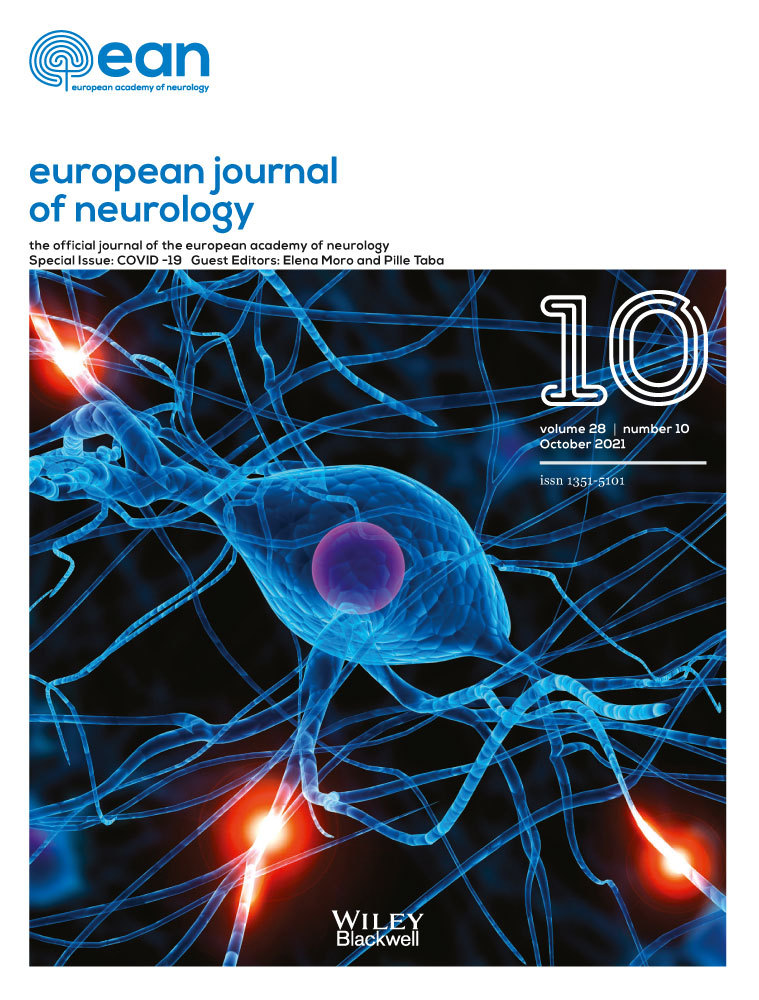The impact of the COVID-19 outbreak on acute stroke care in Slovakia: Data from across the country
Abstract
Background and purpose
A few studies using data from regional databases have recently pointed to a decreased number of patients with stroke. The aim of the present study was to describe country-level data (the number of patients with stroke, the proportion of patients with acute stroke and transient ischemic attack (TIA), the proportion of patients treated with intravenous thrombolysis [IVT] or mechanical thrombectomy [MT], the door-to-needle times [DNT], and the onset-to-needle time [ONT]) during the COVID-19 pandemic in Slovakia.
Methods
The study examined data from the stroke register at the National Health Information Centre. Data from three time periods (March to April 2020; March to April 2019; January to February 2020) were compared using an independent samples t-test and the Wilcoxon–Mann–Whitney two-sample rank-sum test.
Results
The number of stroke patients admitted to hospitals in Slovakia during the COVID-19 period showed a decrease (1673 vs. 2328 in period 2 and 2155 in period 3). The proportions of patients with TIA remained the same in periods 1 and 2 (9.7% vs. 11.7%) and in periods 1 and 3 (9.7 vs. 11.8%). The percentage of patients treated with IVT during the pandemic (22.4%) did not differ from period 2 (20.0%) or period 3 (21.4%). No difference was found in the rate of MT between the COVID-19 period (10.2%) and the same period in 2019 (10.7%) and in January to February 2020 (13.1%). The median DNT remained unchanged in periods 1 (30 min), 2 (35 min) and 3 (30 min), and no differences were found in median ONT in periods 1 (130 min), 2 (130 min) and 3 (140 min).
Conclusion
We found a decreased number of stroke patients during the COVID-19 outbreak in Slovakia, but no evidence of a change in the quality of acute stroke care.
CONFLICT OF INTEREST
Zuzana Gdovinová has received honoraria for lectures from Boehringer-Ingelheim and serves as a member of the European Academy of Neurology Stroke Management Panel. The remaining authors do not have a conflict of interest in relation to this article.
Open Research
DATA AVAILABILITY STATEMENT
The data that support the findings of this study are available on request from the corresponding author. The data are not publicly available due to privacy or ethical restrictions.




